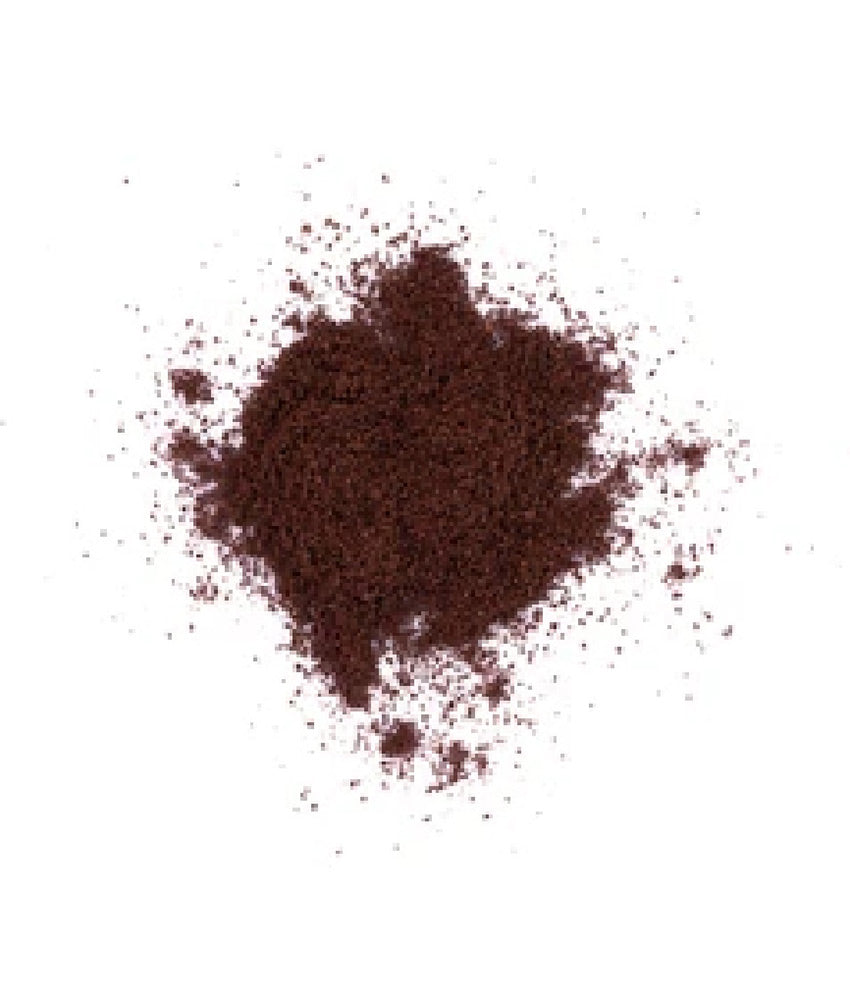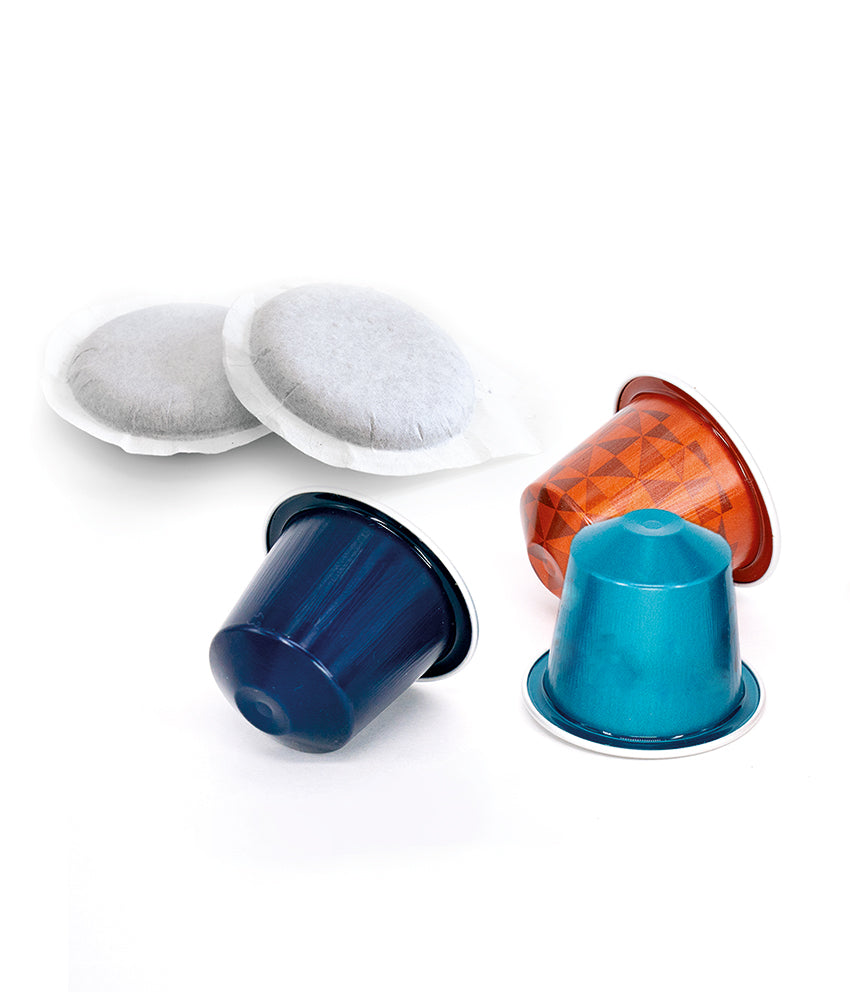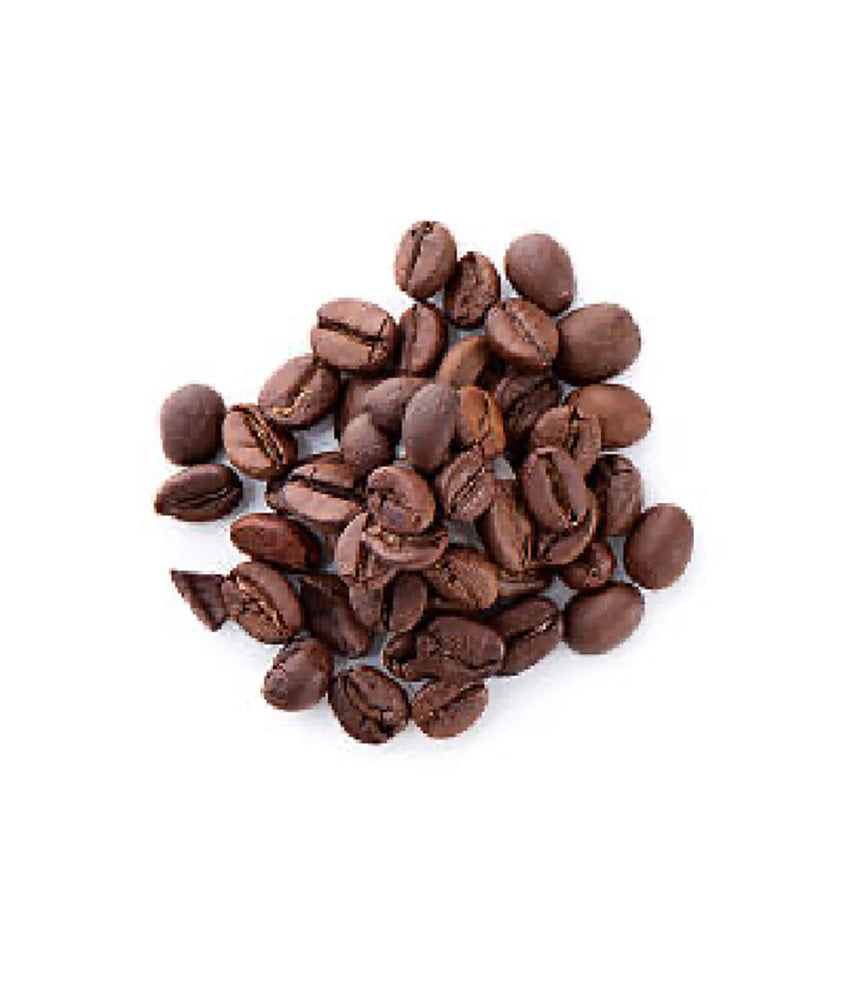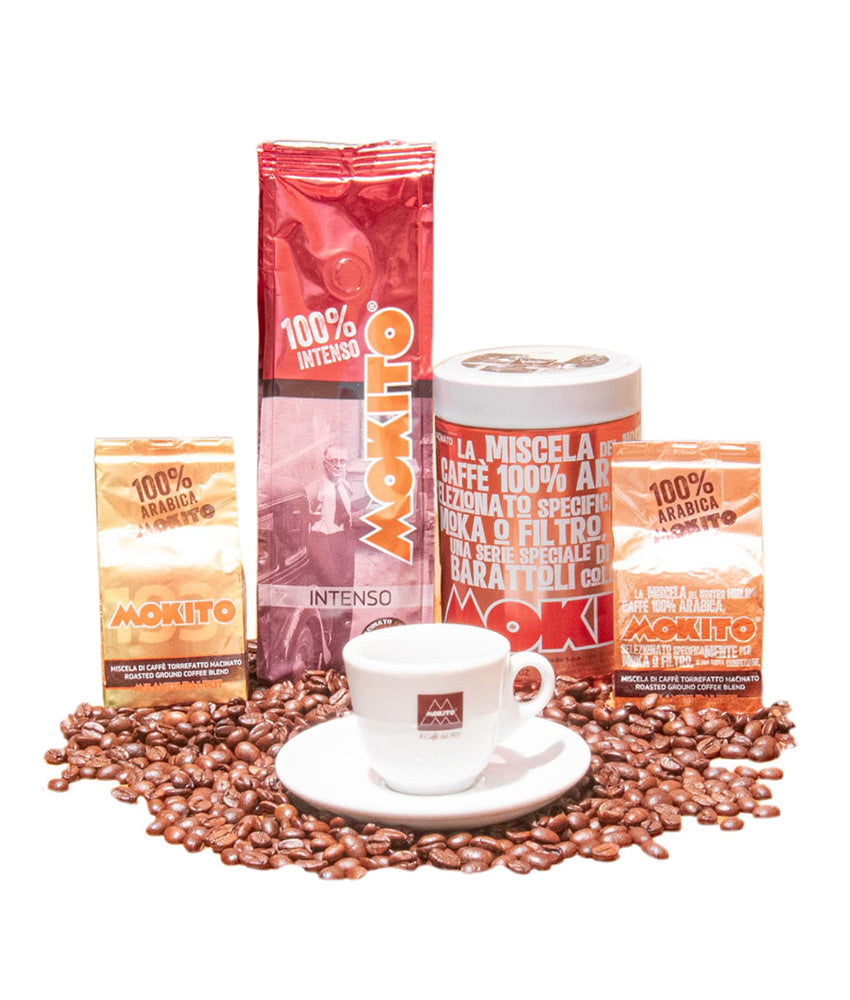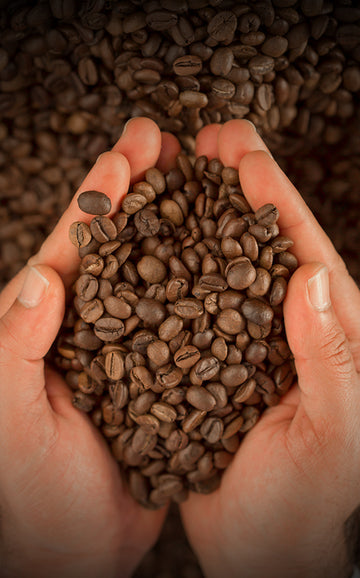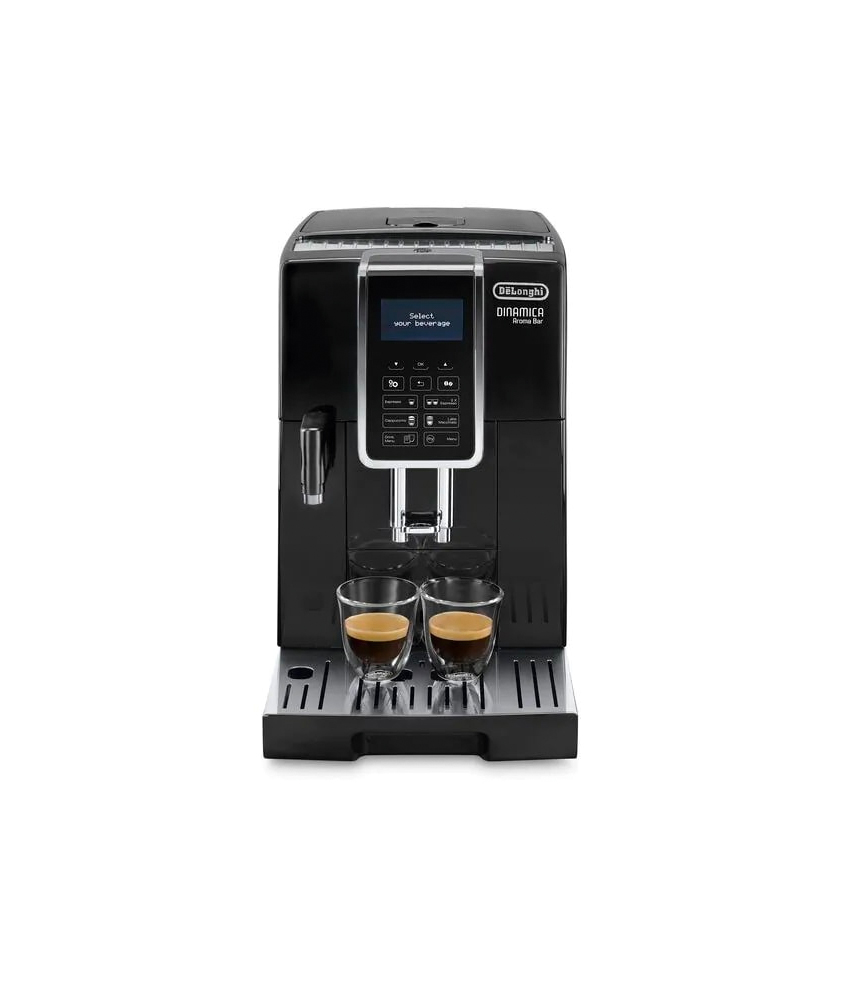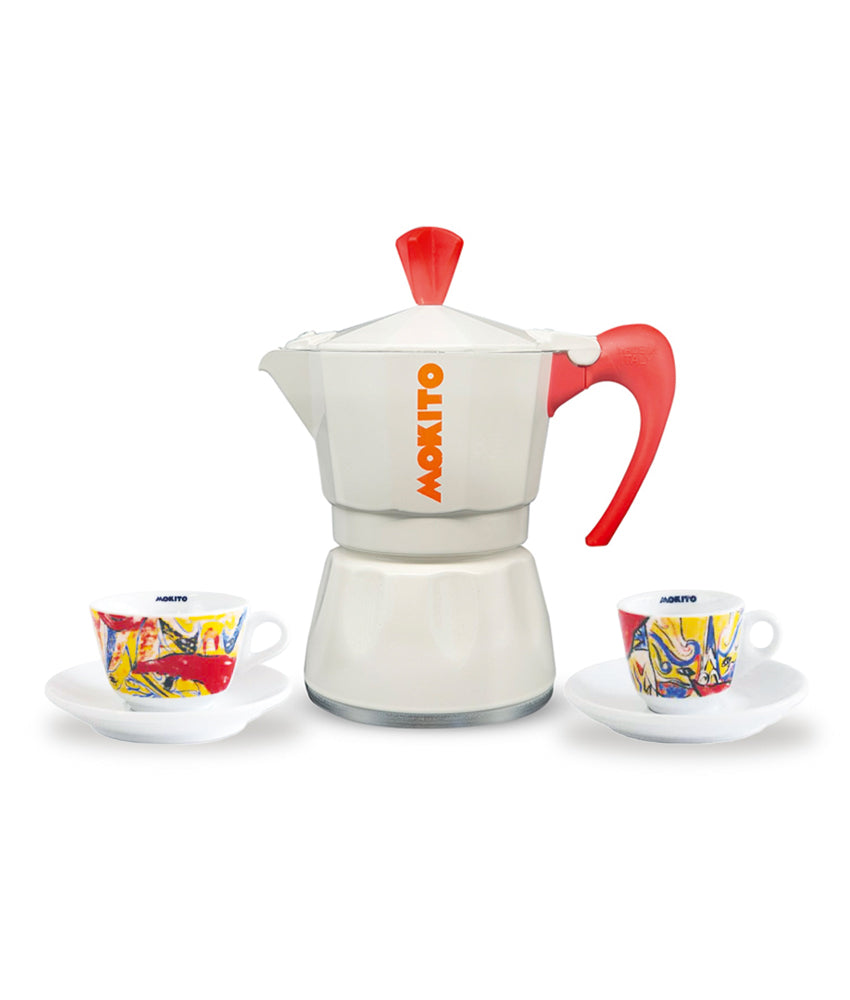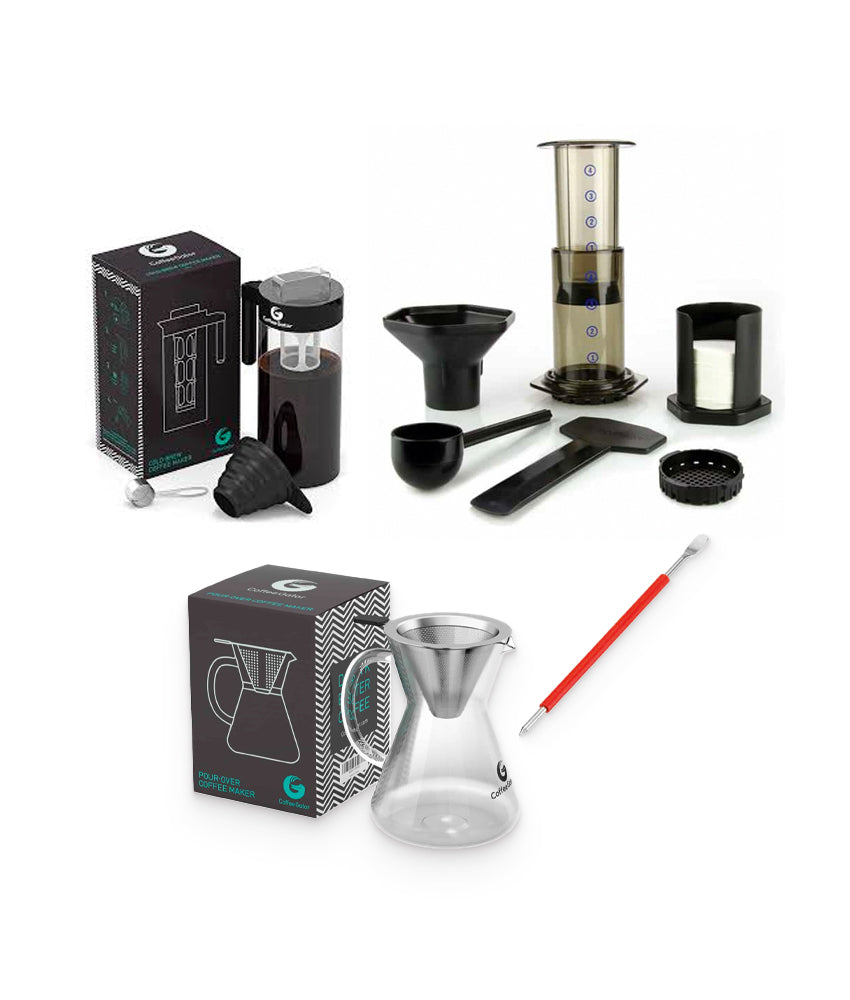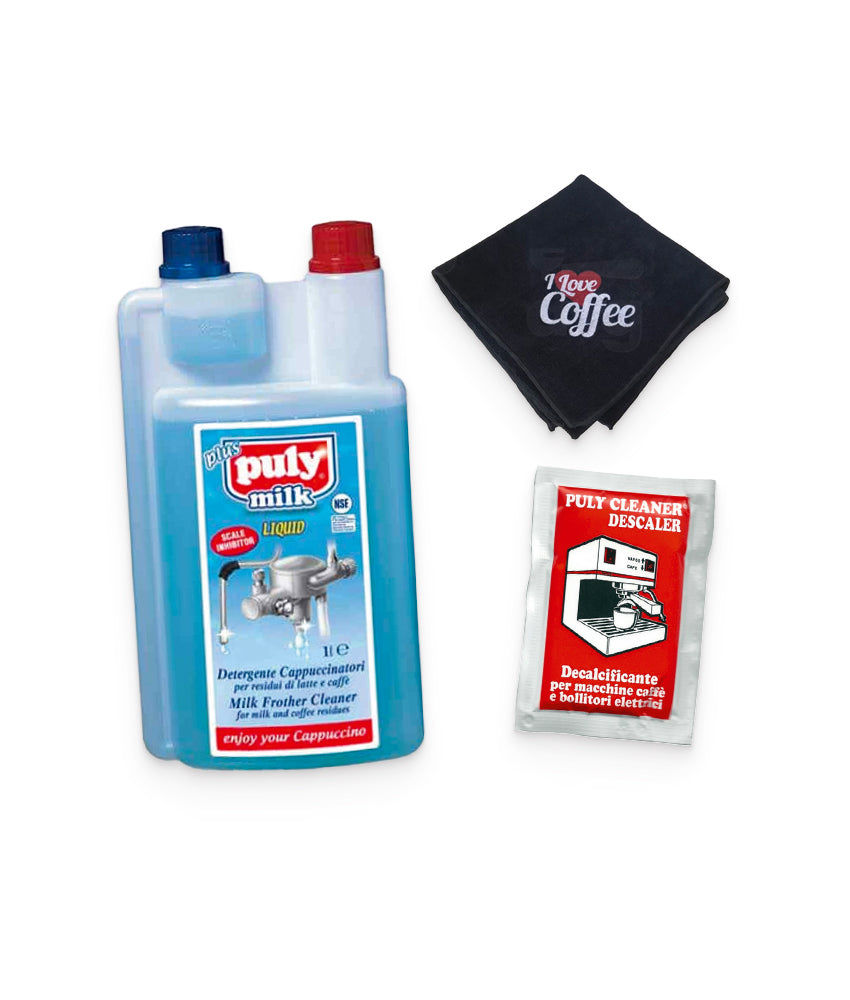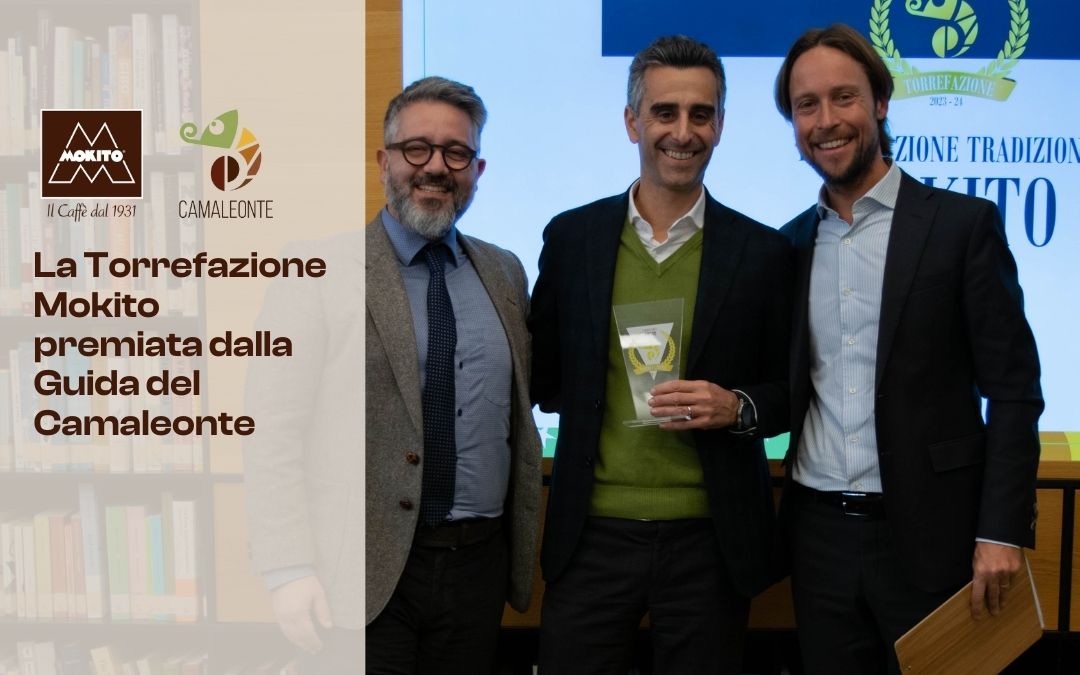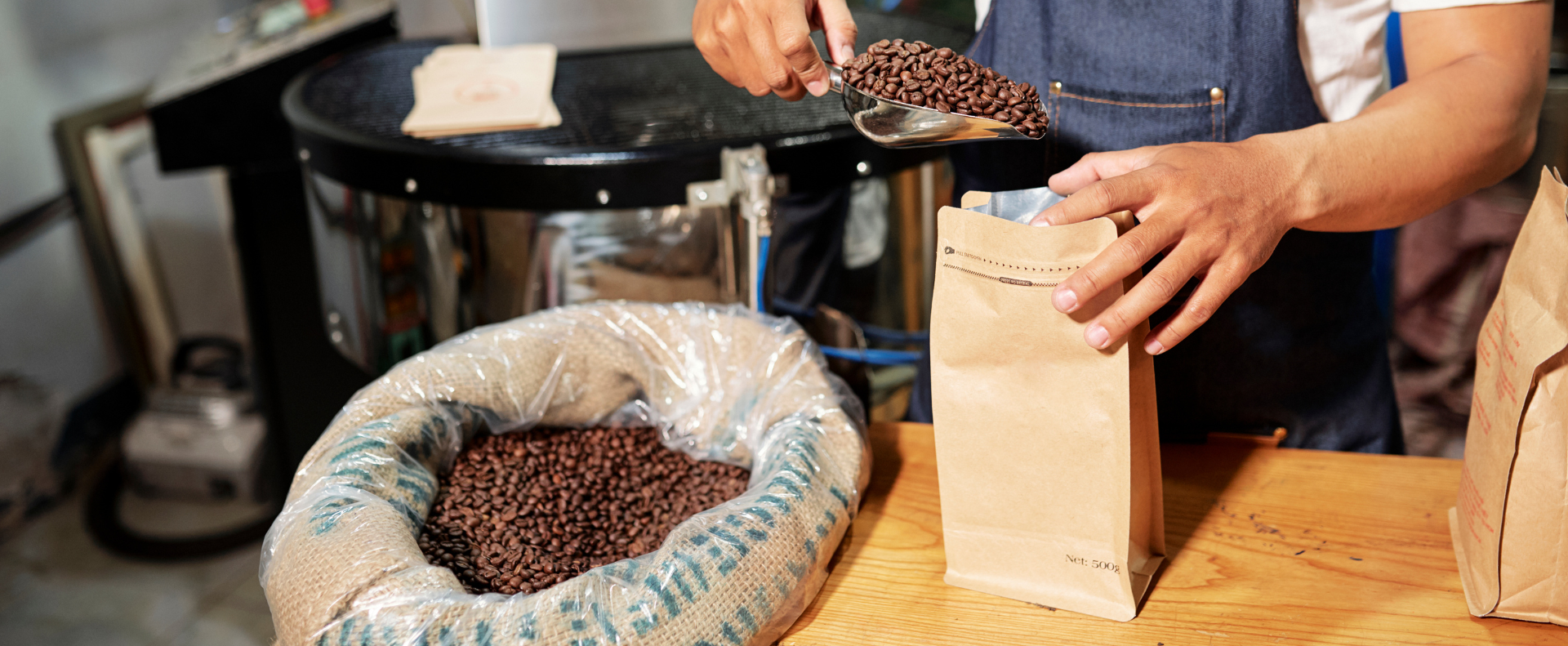The cream and the aroma
It is a foam, i.e. a dispersion of gas (air and carbon dioxide) in a liquid; the liquid part responsible for its formation contains oils emulsified in water.
The crema in a perfect espresso is more or less dark hazelnut in colour. A crema that is too light indicates under-extraction, caused by an insufficient quantity of coffee, or by a grind that is too coarse, or by a water temperature that is too low. The trend towards black, however, accompanied by a white button, indicates overextraction.
Under-extracted or over-extracted coffees tend to lack crema.
The duration of the cream is due to the same details that determine the consistency. The ideal time of permanence on the surface must be at least two or three minutes, with no openings in the central part.
Without crema, an espresso coffee cannot be classified as such, showing a watery, inconsistent body, more or less accentuated bitter tones, a weak aroma and poor persistence.
The aroma, good or bad, of coffee depends on over a thousand different molecules that are formed from the birth of the bean, subsequently transformed in the manufacturing and conservation processes.
The intensity of the espresso aroma is mainly due to the presence of the crema which acts as a trap for the volatile substances, preventing them from escaping immediately after the preparation of the drink. An optimal cup of espresso coffee must therefore have a high body, a persistent aftertaste, an intense taste and aroma and a compact crema.
Unlike filter coffee, which is consumed as a drink, espresso is mainly used as a kind of invigorating elixir.

